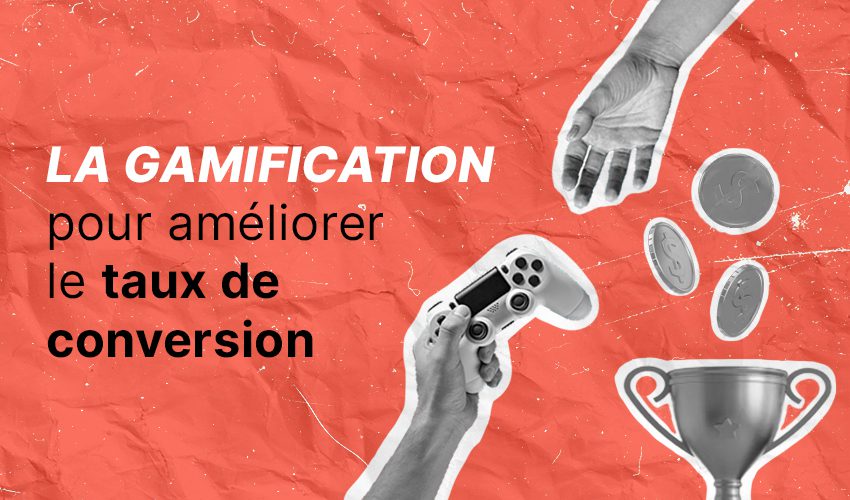Gamification is the act ofintegrate game mechanics in non-playful environments (such as websites). This concept is not limited to entertaining: it allowsenrich the user experience, of boost conversion rate, and of retain customers through interactions that stimulate active participation. It is a way to capture users' attention but also to maintain their interest.
Some examples of gamification
1. The progress bar (or progress bar)
It is a visual indicator in the form of a bar that fills up and lets the user know where they are in the process. For example, during registration or while completing their profile on a site. This encourages them to continue, and complete all their tasks (unit cognitive bias).
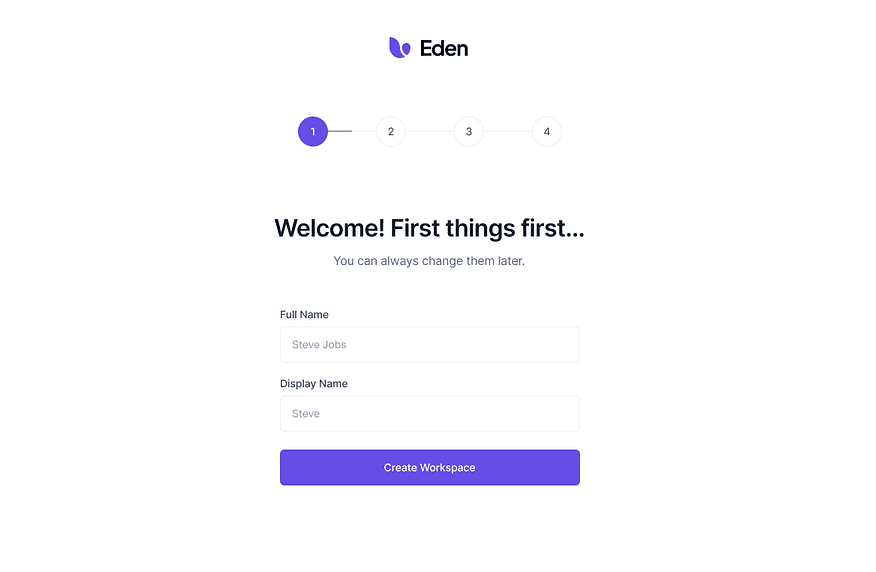
Example: Progress bar during a registration process
2. The level and point system
A system where users earn points and/or level up can significantly increase engagement and conversion. For example, for an e-commerce site, it may be interesting to unlock benefits or special features based on the number of points, distributed with each purchase.
Example: On H&M, benefits are unlocked when you have obtained a certain number of points (purchase incentive)
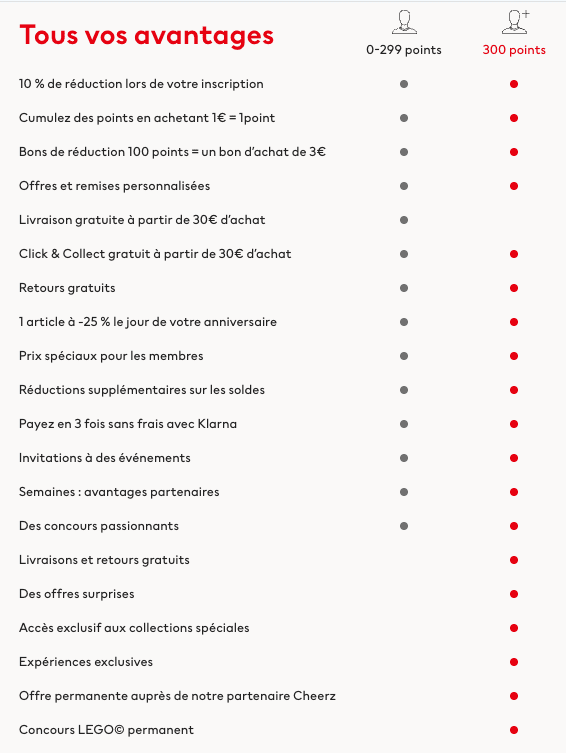
Screenshot of the H&M website
3. Badges and trophies
These are virtual rewards obtained after completing specific tasks.
Example: On Duolingo, these icons are proof of success and motivation to continue learning and explore more and more content.
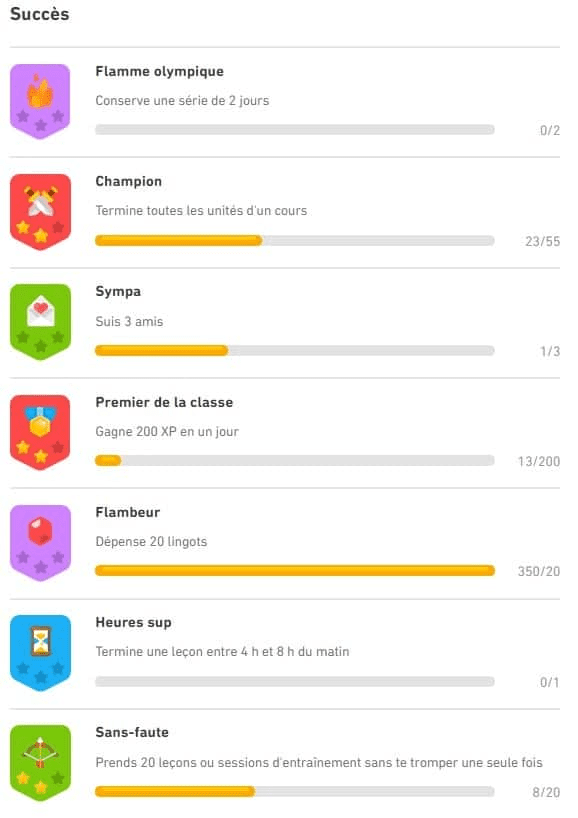
4. Rankings
They encourage a form of competition between users by displaying each other's scores and achievements compared to others. This is very effective on sites involving challenges or quizzes, because it stimulates engagement through social recognition. (Often, in sports applications)
Example: on Adidas Running you can see how many km your friends have covered during a chosen period and compare yourself to them via a ranking.
This makes you want to hang on to the people in front of you by running more miles and therefore using the app even more.
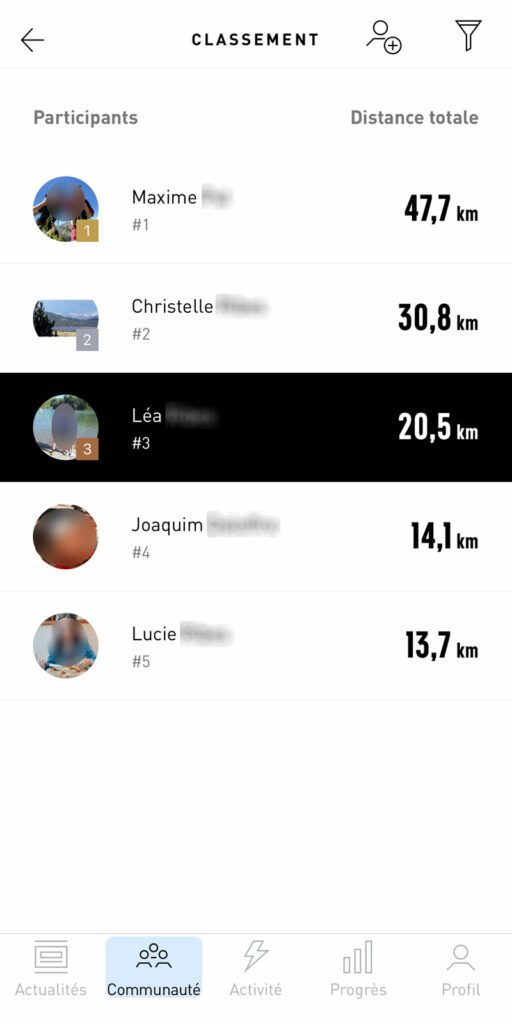
Adidas Running app screenshot
Why is gamifying your website a good idea?
- This allows to strengthen commitment : Using gamification elements like the ones mentioned above helps reward users and encourages them to interact with the site. This encourages ongoing interaction, which is critical for sites looking to increase traffic and visibility.
- This allows to retain users : those who want to progress in the level and points system, or those who want to collect badges must return to the site regularly. At this point you can encourage them to convert. This therefore reduces the user departure rate but also and above all builds loyalty.
- For educational sites or training platforms, gamification can transform learning into a fun activity, more engaging and less boring. In the following screenshot, we can see gamification elements such as a progress bar (which allows the user to be located in the process) as well as how to answer the question.
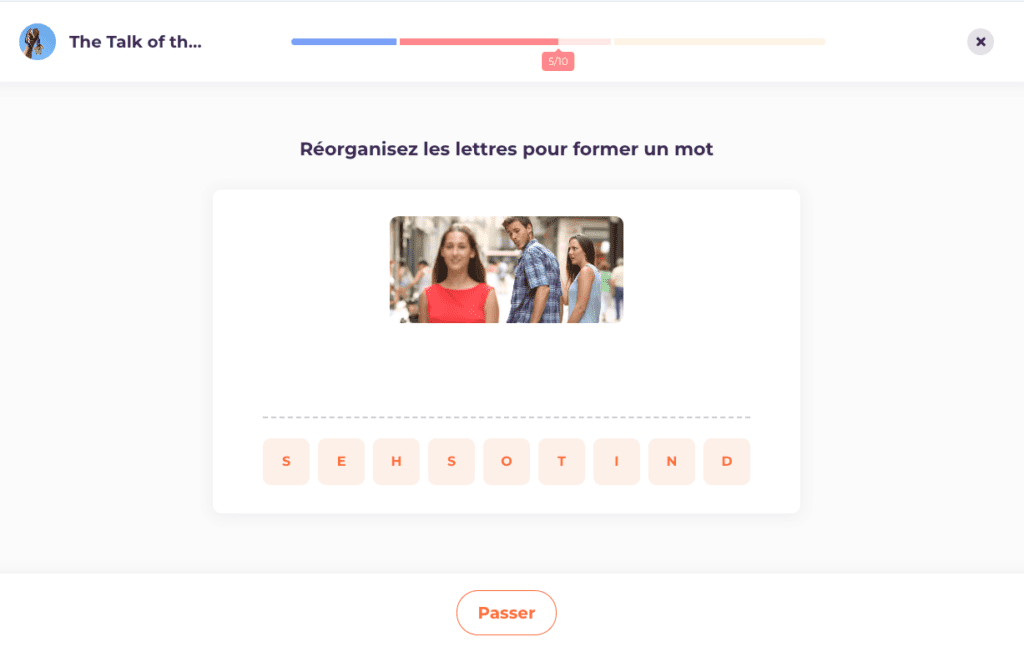
Screenshot of the Global Exam platform
- Of course, this ultimately allows us to boost conversions, by encouraging users to perform specific actions through playful rewards. On your site, you must subtly guide users through the customer journey to the final conversion (purchase, registration, reservation… or any other action that is important to you).
In conclusion
For all these reasons, gamification is an innovative strategy and a powerful lever for user engagement, conversion and loyalty. By integrating game mechanics like progress bars, levels and points, badges or even leaderboards (there are many others), your website can transform the user experience and create a significant competitive advantage. Don't hesitate to experiment with different elements and techniques to find the one that best suits your target and your goals.

